Viking Blog
15 Norse Gods and Goddesses You Should Know
Norse mythology is a captivating world. It has powerful gods, mythical creatures, and epic sagas. It reveals the beliefs and values of the ancient Norse people. Here are 15 key figures from this fascinating realm:
1. Odin, the Allfather
Odin, the king of the Aesir gods, embodies wisdom, war, and magic. He sacrificed one eye at Mímir’s well for infinite knowledge. He endured nine days hanging from Yggdrasil, the World Tree, to learn the runes. His loyal ravens, Huginn (Thought) and Muninn (Memory), roam the realms. They gather information and whisper secrets into his ears.

2. Thor, the God of Thunder

Thor, Odin’s son, is a force of nature. He wields the mighty hammer Mjölnir to defend Asgard and Midgard from giants and other threats. He is a protector of humanity, associated with storms, thunder, strength, and fertility. His chariot, pulled by the goats Tanngrisnir and Tanngnjóstr, rumbles across the sky. It brings the boom of thunder and the flash of lightning.
3. Loki, the Trickster God

Loki, a complex figure, is both a friend and foe to the gods. People know him for his cunning, shapeshifting, and mischief. He often creates chaos but sometimes helps to resolve it. He is the father of monstrous beings. They are Fenrir the wolf, Jörmungandr the serpent, and Hel, the underworld’s ruler.
4. Freyja, Goddess of love and War

Freyja, a powerful Vanir goddess, associates with love, beauty, fertility, and war. She rides a chariot drawn by cats and possesses the magnificent necklace Brísingamen. Freyja links to the afterlife. Half of the warriors who die in battle go to her hall, Fólkvangr, a place of feasting and revelry.
5. Freyr, God of fertility and prosperity

Freyr, Freyja’s brother, is another prominent Vanir god. He associates with fertility, peace, prosperity, and the harvest. He wields a magical sword and owns Skíðblaðnir, a wondrous ship that can fold up to fit in his pocket. He rules over Álfheim, the enchanting realm of the light elves.
6. Tyr, the God of War and Justice.

Tyr, a brave and honorable god, embodies courage, justice, and law. He is famous for his sacrifice in binding the wolf Fenrir. He pledged to do so by placing his hand in the wolf’s jaws. When Fenrir learned of the gods’ trickery, he bit off Tyr’s hand. This showed Tyr’s strong commitment to justice.
7. Balder, the God of Light and Purity

Balder, Odin’s son, is the beloved god of light, beauty, and goodness. Everyone cherishes him. His tragic death, caused by Loki, is a key event in Norse mythology. It leads to the cataclysmic events of Ragnarok.
8. Heimdall, the Watchman of the Gods

Heimdall stands guard at Bifrost, the rainbow bridge connecting Asgard to Midgard. With his exceptional sight and hearing, he can perceive events across the realms. He is destined to blow the Gjallarhorn, a sounding horn that will signal the onset of Ragnarok.
9. Hel, Goddess of the Underworld

Hel, Loki’s daughter, reigns over Helheim, the realm of the dead. Unlike Valhalla or Fólkvangr, Helheim is a dark and gloomy abode where those who die of old age or sickness reside. Hel is a fearsome figure. Her body is half-living and half-decomposed. It reflects the duality of life and death.
10. Frigg, Goddess of Marriage and Motherhood

Frigg, Odin’s wife and queen of the Aesir, links to marriage, motherhood, wisdom, and home. She is a protective, nurturing figure. She devotes herself to her children with great intensity, especially Balder.
11. Idunn, Keeper of the Apples of Youth

Idunn is the guardian of the golden apples that grant eternal youth to the gods. She is key to their immortality. Loki’s abduction of her caused the gods to age rapidly until her rescue.
12. Skadi, Goddess of Winter and Hunting

Skadi, a fierce giantess, links herself to winter, hunting, and skiing. She is also tied to the mountains’ unforgiving cold. She is an independent and formidable figure, known for her skill with the bow and arrow.
13. Njord, God of the Sea and Wealth

Njord, a Vanir god, is the father of Freyja and Freyr. He associates with the sea, wealth, and good sailing winds. He resides in Noatun, a haven by the sea, and sailors and fishermen revere him.
14. Sif, Goddess of Fertility and Harvest

Sif, Thor’s wife, is famous for her golden hair. It symbolizes the fertile fields and bountiful harvests. After Loki cut off her hair, Thor demanded a replacement from the dwarves. They crafted a magnificent head of hair made of gold.
15. Fenrir, the Monstrous Wolf

Fenrir, Loki’s monstrous wolf son, is a fearsome creature. He will break free from his chains during Ragnarok and wreak havoc upon the realms. He will kill Odin before Vidar, Odin’s son, slays him in a final act of vengeance.
Conclusion
The Norse gods and goddesses have complex personalities and captivating stories. They explore love, loss, courage, betrayal, and fate. They provide a window into the human experience. These deities inspire and intrigue us. They remind us of mythology’s power to connect us to the past.

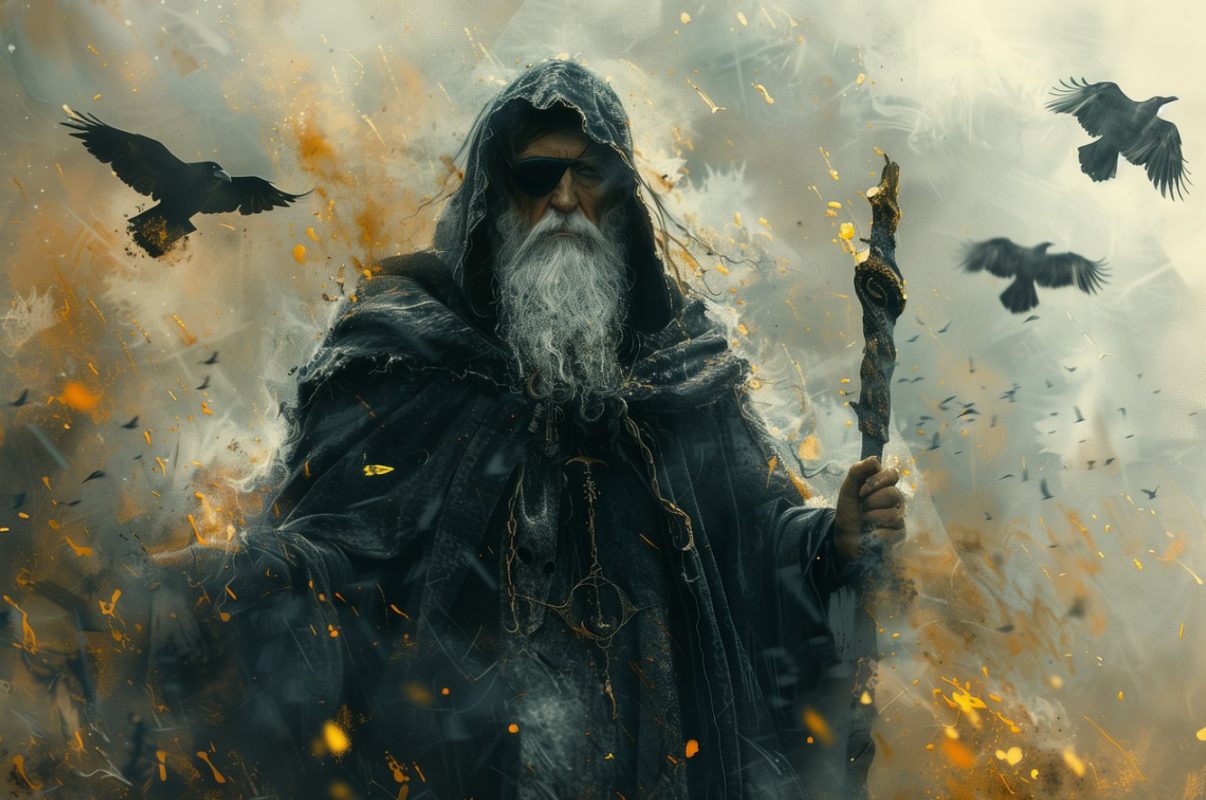
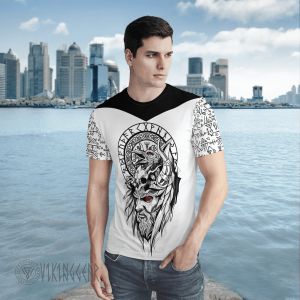







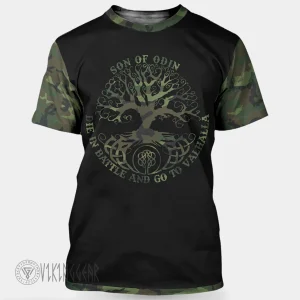

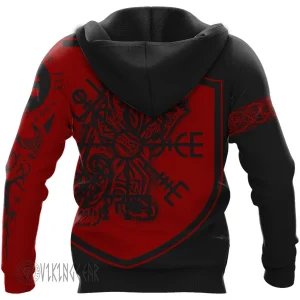

















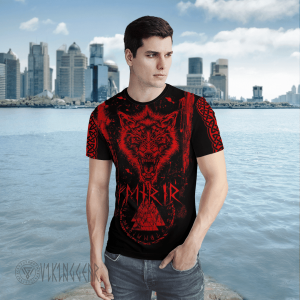




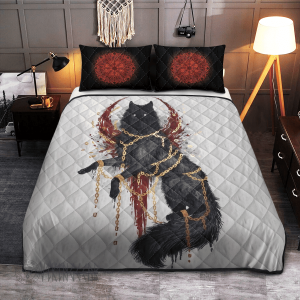


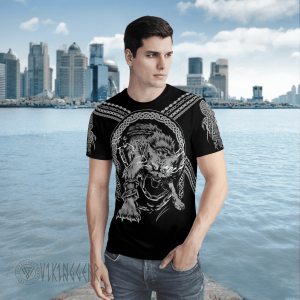



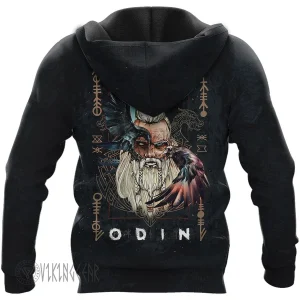

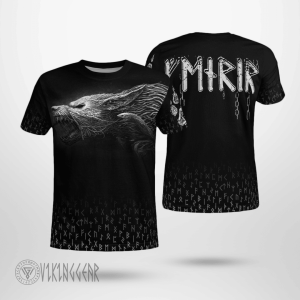


Love this. Very informative
I love Oure content and explanations in real terms … May your cup overflow and Your days be filled with amazing life and abundance…. Thank You so much💋
I really like this special viking and norrønt gud..